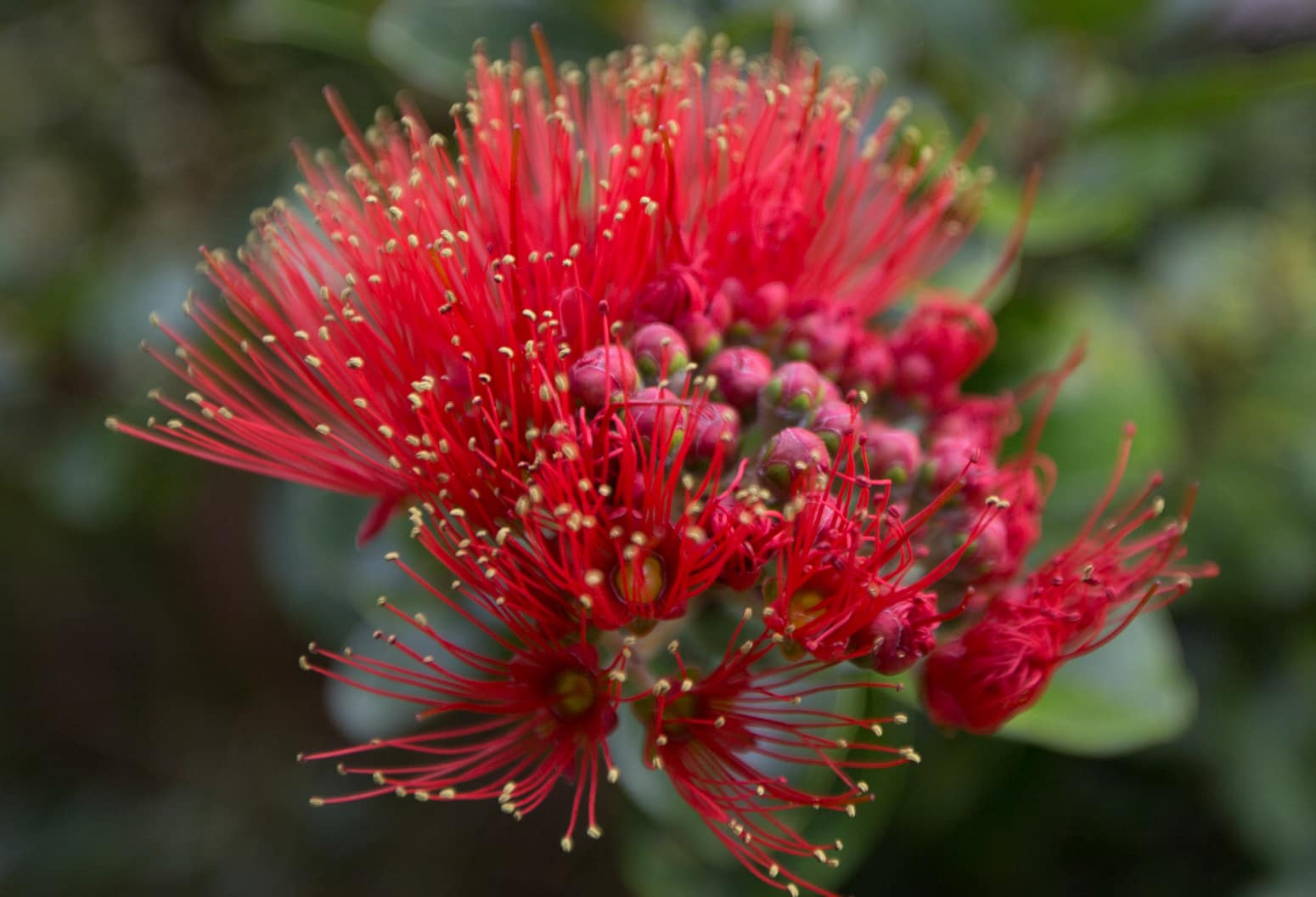Phenology is the study of plant and animal life cycles in relation to climate. It is derived from the Greek words phaino, “to show, to bring to light, to appear” and logos, “to study.” It is a simple but powerful way to track species’ responses to climate change. It engages students in citizen science of regional and national importance. Phenology has been used across time, cultures, and climates to understand the intricate connections between cyclical changes in climate and environmental responses. Phenology can be used to improve one’s understanding of the environment around them, and can be applied as a tool in biocultural resource management.


Teaching Change staff, students, teachers, and partners participate in guided career connected discussions and presentations. Students are exposed to potential professional development pathways in order to pursue careers in Natural Resource Management in Hawaiʻi, such as wildlife biologist, land manager, researcher, or conservation biologist. In the field, career connected learning is taken a step further when students take part in restoration activities such as planting, weeding, or reducing fire risk in an area, to gain an idea of what hands-on work duties are like for natural resource professionals.